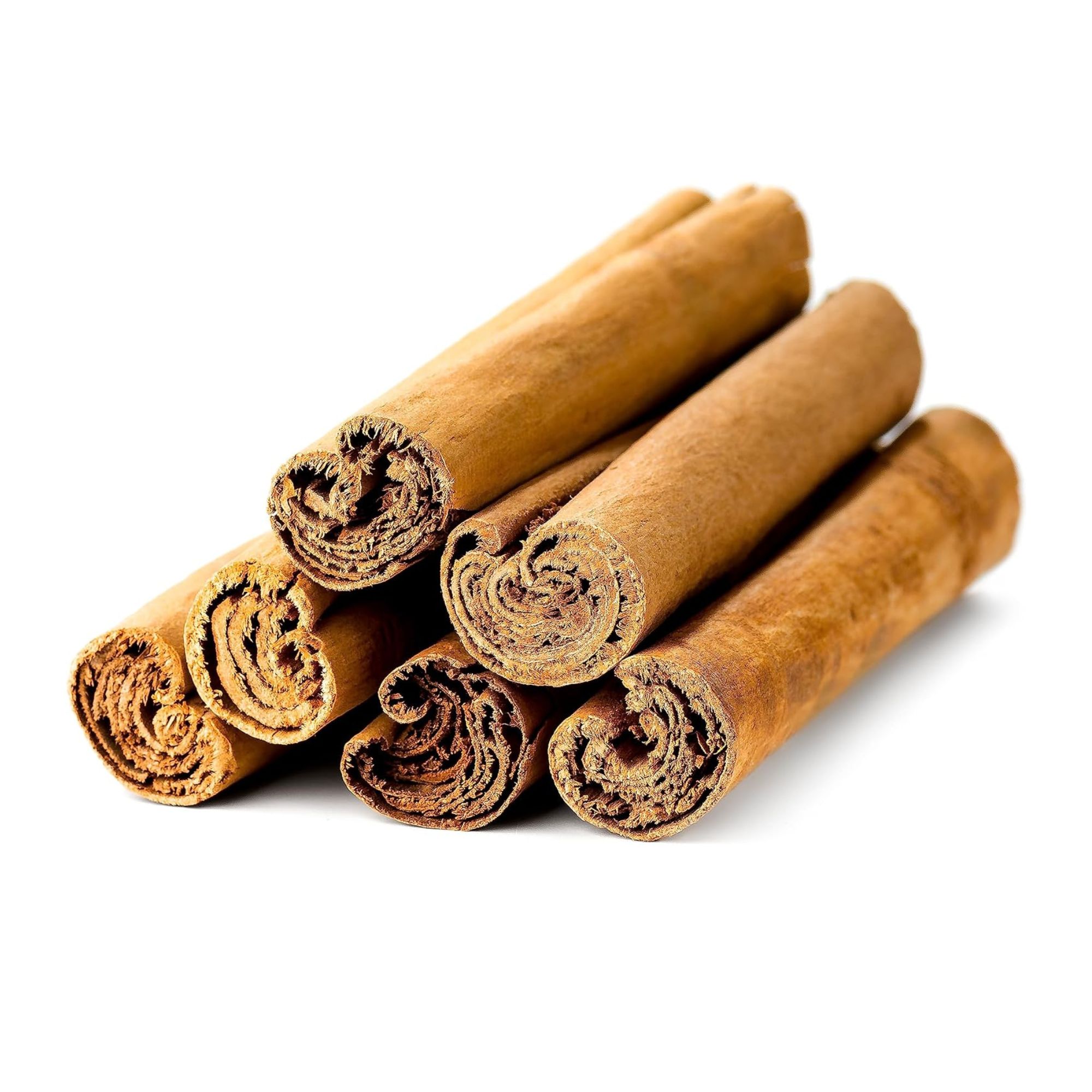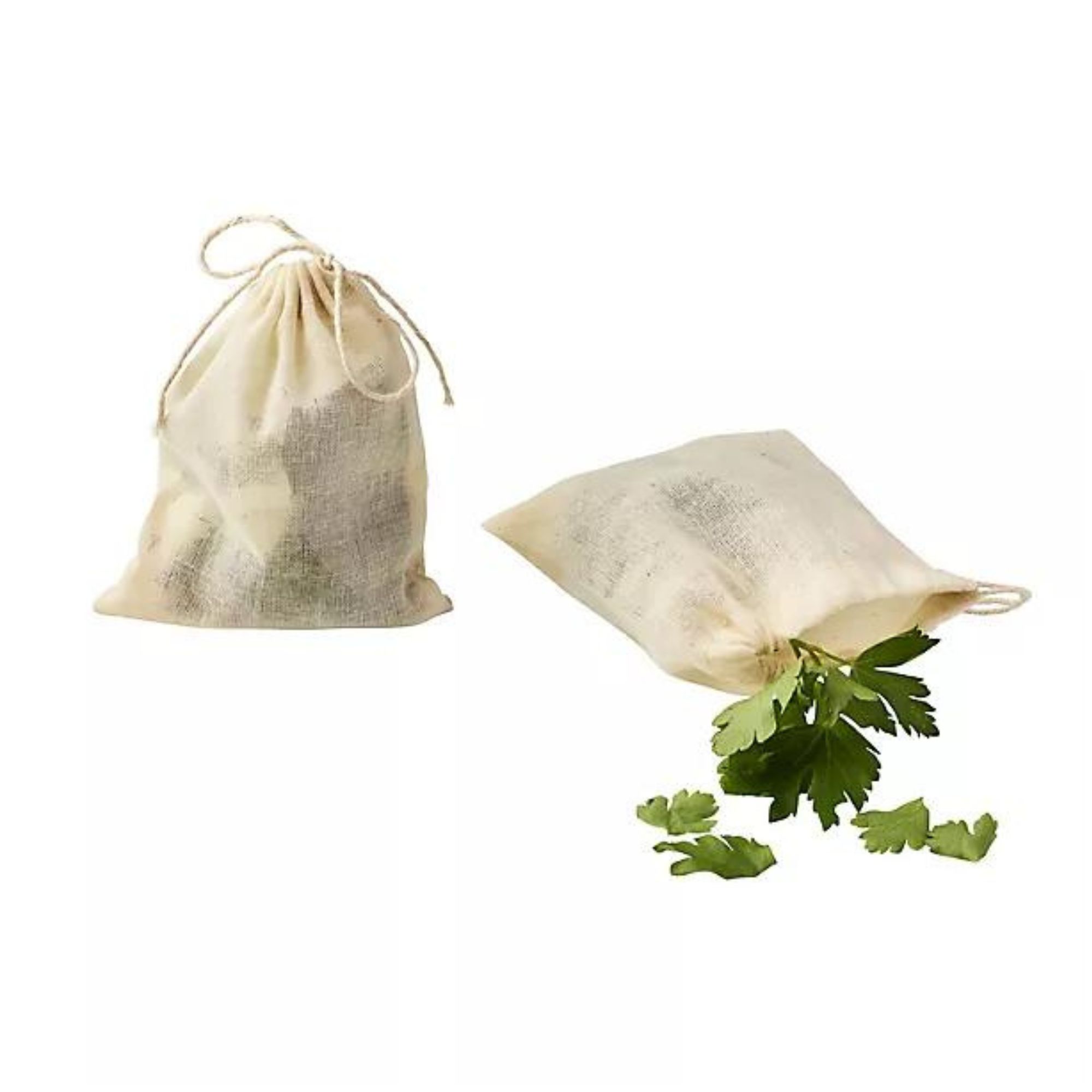5 scents clothes moths hate - the essential oils, herbs, and spices to use to protect your wardrobe and jumpers
They’ll keep moths at bay… and your clothes fresh


There’s nothing worse than opening up your wardrobe to find that moths have chewed up your favourite jumper. And while you can’t turn back the clock to a time when your jumper was in one piece, you can prevent it from happening again by using scents that clothes moths hate.
Everyone should know how to get rid of moths. Given the chance, these nuisance critters will devastate your clothes, multiply in their hundreds, and maybe even spread to the fixtures and furnishings in your house. Of course, getting rid of them will help in the short term, but keeping them away is the key.
And while many people turn to chemical mothballs to keep moths away from your clothes, we’re all about natural (but still very effective) solutions here at Ideal Home. That’s why you may be interested to learn all about the scents that clothes moths hate.
1. Lavender

Let’s be honest; lavender is one of the best smells in the world. Because of this, we’d always suggest doubling down on the scent by growing your own lavender and also having lavender essential oil on hand. After all, it’s one of the best essential oils for sleep.
Not everything loves the smell of lavender, though. Adam Juson, Co-Founder of commercial pest control company Merlin Environmental, says, ‘Lavender might be popular with humans, but moths find it unpleasant and overpowering.
‘This makes adding lavender sachets and sheets in drawers and cupboards an effective way to get rid of bugs. The strong lavender scent masks the smell of fabric such as wool that moths are attracted to,’ he adds.
There are a few ways to use this lavender scent to your advantage, too. You could either buy or dry your own lavender for sachets and pop them in your wardrobe, make a natural air freshener by mixing lavender oil and water in a spray bottle or buy specific lavender products designed to keep moths at bay.
Sign up to our newsletter for style inspiration, real homes, project and garden advice and shopping know-how
2. Cedarwood

While you might associate cedarwood with musty men’s cologne, you can also use this woody scent to get rid of moths in a wardrobe. In fact, it’s generally considered to be one of the most effective scents for this purpose.
Adam explains, ‘Cedarwood has natural oils in it that are toxic to moth larvae, and the scent also deters adult moths. Cedar chips and blocks can be added to your drawers to protect your clothing but you will need to regularly sand down the wood to ensure it remains effective.’
Alternatively, you could place a cedarwood reed diffuser in your wardrobe or mix up your own concoction using cedarwood essential oil.
3. Bergamot

We have the bergamot orange to thank for this zesty, sweet scent - and while it’s a popular choice for the best candles and reed diffusers, another perk is that it’s one of the scents that clothes moths hate.
‘It has a sweet smell that masks the natural fibres of clothes, making them less attractive to moths,’ explains Adam. ‘You can mix essential oils with water and spray directly onto infested areas or soak cotton wool balls and strategically place them around your wardrobe and drawers.’
And while this is an easy way to protect your clothes from moths, it’s important to understand that using any essential oil comes with its caveats. Adam says, ‘You do need to regularly replace essential oils to guarantee the potency.’
4. Cinnamon

Cinnamon is a great addition to your morning coffee or for a sweet spice to your savoury dishes, but what you might not realise is that cinnamon can also be used around the house - and in the garden.
Yes, adding cinnamon powder to your plants has a multitude of benefits, and it’s a scent that clothes moths hate, too. They find the scent way too strong for them, which means that they’ll steer clear of your wardrobe entirely.
How you use cinnamon as a natural moth repellent is completely up to you. You could buy a reed diffuser and pop it at the bottom of your wardrobe, you could tie a few cinnamon sticks to some string and hang them from your hangers, or you could use cinnamon essential oils.
Whatever you choose, it should work a treat.
5. A mixture of fragrant scents

If you haven’t already, you should definitely start a herb garden. Not only will this herb garden help to jazz up your dinner, but it can also help to get rid of moths - especially if you want to get a bit creative. In fact, Adam says that moths hate the smell of mixed herbs and fragrances.
‘You can also make your own herbal mix using thyme, bay leaves, rosemary and chamomile. Each of these have strong aromas that again confuse and irritate moths as they search for the smell of certain fabrics,’ he says.
This is pretty easy to do, too. Adam adds, ‘Sprinkling these herbs at the bottom of your drawers or creating your own herbal sachets is an effective way to prevent moths from going into your wardrobe.’
In fact, mixing strong fragrances of any kind should keep moths at bay - something that Julia Dee, the Founder of Total Wardrobe Care, utilises in her moth-repellent products. She says, ‘Plants and herbs have been used throughout history to repel insects and our special anti-moth fragrances are made up from 8 essential oils traditionally used to keep pests at bay.’
‘This includes laurel, a favourite herb of the ancient Greeks and Romans who would wear a wreath of laurel leaves to keep the flies away. As well as laurel, we use may chang, vetiver, lavender, patchouli, cedarwood, rosemary, clove and thyme.’
So, really, you can use any mixture of scents to repel moths. Just be wary that these mixed herbs won’t kill any moth larvae in your wardrobe, so you may need to take extra measures to get rid of them. A deep clean and having one of the best vacuum cleaners at your disposal should do the trick.
That’s not the only thing to consider, though. Jonathan Nicholls at HomeHow.co.uk also adds, ‘Scents from dried plants can fade quite quickly, so you will need to refresh them every few months. Moths are most active between spring and autumn.’
FAQs
How to keep moths out of a wardrobe?
Moths are extremely attracted to the smell of your clothes, which is why masking their natural scent with essential oils, herbs, and spices is one of the best ways to keep them at bay.
However, this isn’t the only way to keep moths out of a wardrobe. Daniel Steward, Managing Director of Shield Pest Control, says, ‘Begin by minimising their entry point and keep windows closed during the evening hours when moths are most active and ensure that clothes are washed and thoroughly dried before storing them in vacuum-sealed bags to eliminate any potential larvae.’
He adds, ‘Regular cleaning is crucial - wipe down surfaces with soap and water, and vacuum frequently, paying special attention to cracks and dark corners where moths may lay eggs.’
What are clothes moths attracted to?
While many bugs and insects enter our homes because they’re attracted to the smell of food, clothes moths have a much more expensive taste. They’re attracted to the smell of items that have keratin in them, which includes the likes of wool, silk, fur, cashmere, and even leather.
As many people have these items in their wardrobe, clothes moths don’t need much convincing to make their way in. Because of this, masking the smell of the keratin is one of the best ways to get rid of clothes moths.
So, which of these scents will you be using in your wardrobe?

Lauren Bradbury has been the Content Editor for the House Manual section since January 2025 but worked with the team as a freelancer for a year and a half before that. She graduated with a Bachelor’s degree in English and Creative Writing from the University of Chichester in 2016. Then, she dipped her toe into the world of content writing, primarily focusing on home content. After years of agency work, she decided to take the plunge and become a full-time freelancer for online publications, including Real Homes and Ideal Home, before taking on this permanent role. Now, she spends her days searching for the best decluttering and cleaning hacks and creating handy how-to guides for homeowners and renters alike, as well as testing vacuums as part of her role as the Ideal Home Certified Expert in Training on Vacuums, having spent over 110 hours testing different vacuum models to date!














